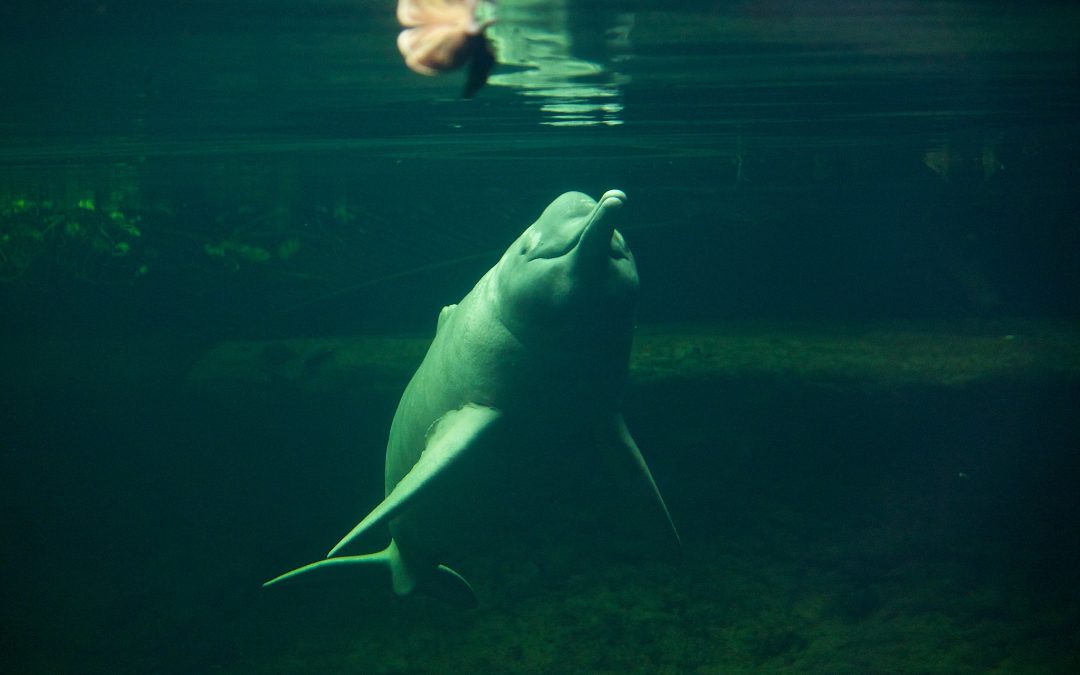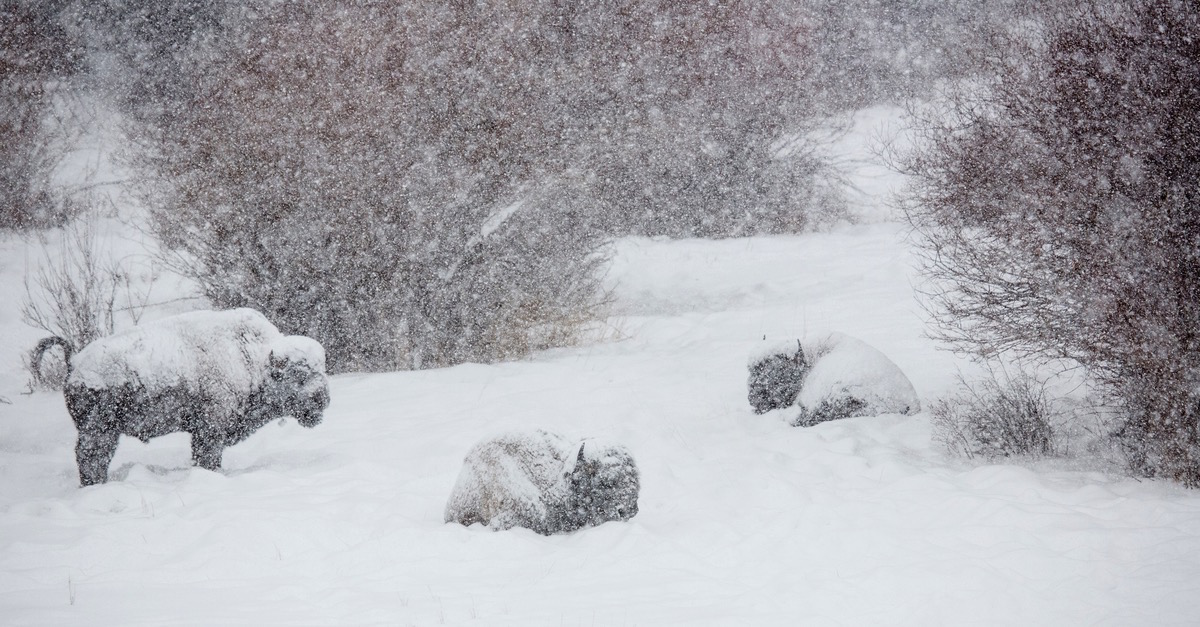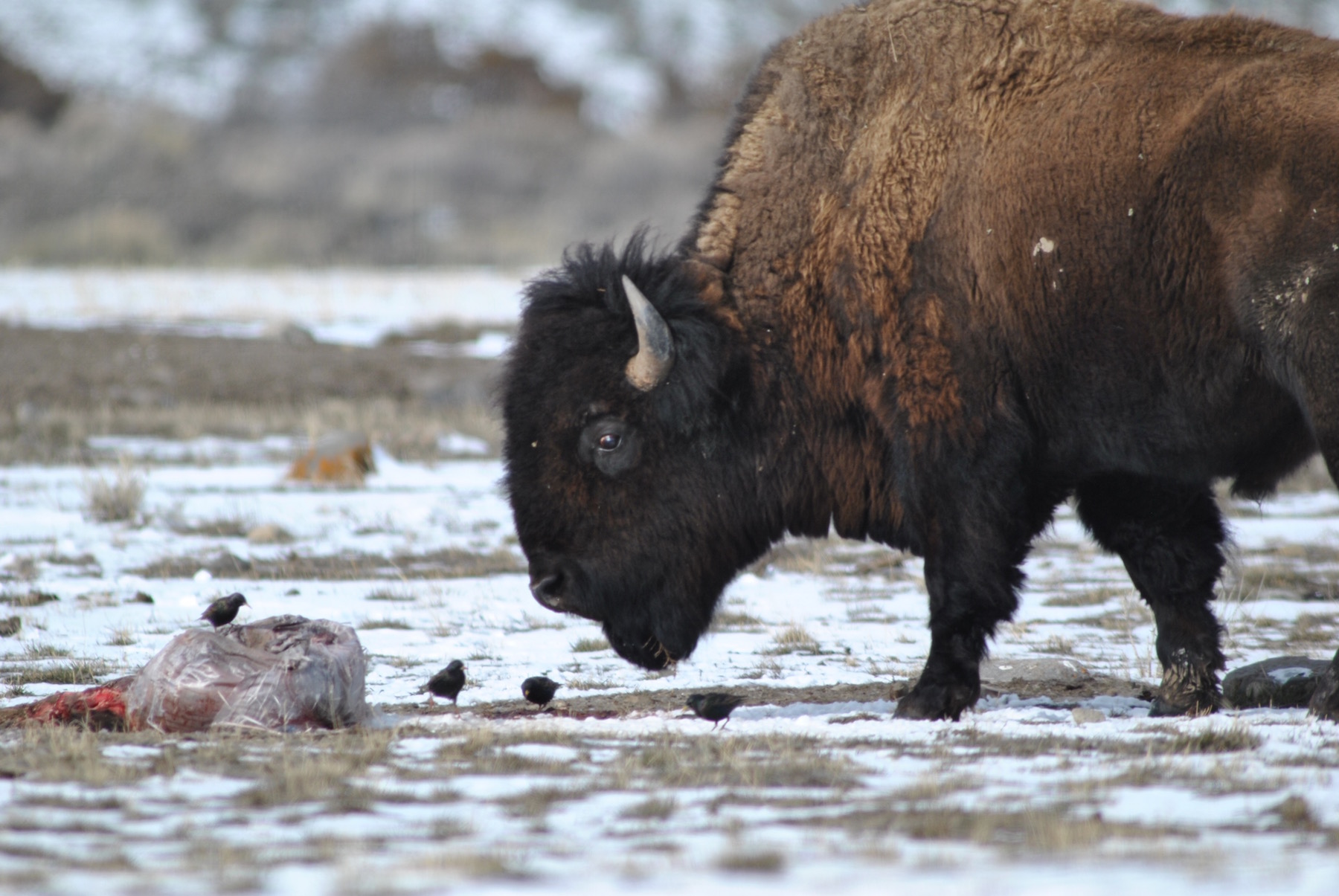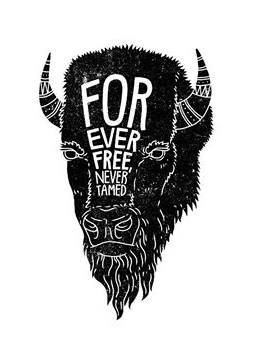
by DGR Colorado Plateau | Dec 22, 2015 | Biodiversity & Habitat Destruction, NEWS
By Claire Salisbury / Mongabay
- A new study finds that as many as 26 dams could put the charismatic Amazon River Dolphin and the freshwater Tucuxi Dolphin at risk.
- The research looked at whether particular Amazon dam projects would fragment dolphin populations and affect prey populations.
- Though the public is fascinated by the Amazon’s dolphins, no one knows how many are currently left in the wild, or how the dam building frenzy will impact their numbers.
A dam-building boom is underway in the Amazon. More than 400 hydroelectric dams are in operation, being built, or planned for the river’s headwaters and basin. Scientists know that tropical dams disrupt water flow and nutrient deposition, with negative consequences for aquatic animals, especially migratory species. But little detailed knowledge exists as to the impacts of dams on specific species, or as to the best mitigations to prevent harm.
A recent study that tries to fill in that knowledge gap zeroes in on Brazil’s river dolphins. It found that as many as 26 dams could negatively impact dolphin populations and their prey.
The research, led by Dr Claryana Araújo of the Federal University of Goiás, Brazil, focused on two freshwater species: the Amazon River Dolphin, or boto (Inia geoffrensis), which is sometimes famously pink; and the Tucuxi (Sotalia fluviatilis).
The river dolphins of South America are charismatic emblems of rainforest biodiversity, and have captured the public imagination. Swimming in rivers, lagoons, and among submerged tree trunks in flooded forests to chase down prey, they can be found as far inland as the upper reaches of Amazonian tributaries, more than 2,600 kilometers (1,615 miles) from the Atlantic Ocean.
The two species inhabit Brazil, Peru, Ecuador, and Colombia, and in the case of the Amazon River Dolphin, Bolivia and Venezuela. Their ranges in Brazil extend beyond the limits of the Amazon basin, to include the Araguaia-Tocantins (for the Amazon River Dolphin) and North Atlantic watersheds (for both species).
Despite their status as flagship species in the region, both are classified as Data Deficient by the International Union for Conservation of Nature (IUCN) due to a current dearth of data. No one knows how many exist in the wild, or population trends over recent decades, and uncertainties remain regarding their ecology, and major threats to the species. This lack of baseline data leaves scientists and governments in the dark regarding the conservation measures needed, and puts the animals at greater risk.
Partially republished with permission of Mongabay. Read the full article, Damming the Amazon: new hydropower projects put river dolphins at risk
“Amazon river dolphin” by Missud is licensed under CC BY-NC-ND 2.0.

by DGR Colorado Plateau | Dec 4, 2015 | Biodiversity & Habitat Destruction
By Stephany Seay / Buffalo Field Campaign
Buffalo are still absent here in the Hebgen Basin. Patrols are conducting daily recons, searching through the buffalo’s migration corridors, but the gentle giants are keeping themselves out of Montana and, consequently, safe from the killers.
Along Yellowstone’s north boundary, in the Gardiner Basin, buffalo haven’t been so lucky. Another eight buffalo have been killed by Confederated Salish & Kootenai (CSKT) hunters who are “harvesting” ecologically extinct wild bison because they have a treaty right to do so. We would suggest that the CSKT and other tribes who hold treaty rights to the Yellowstone region also have a right to healthy, viable populations of wild bison on all federally unoccupied, unclaimed lands. And we would further suggest that the Interagency Bison Management Plan, which is driving the destruction of America’s last continuously wild buffalo herds, is not only violating the lives of wild buffalo, but violating treaty rights as well.

A bull bison approaches a relative’s remains, near Beattie Gulch, in the Gardiner Basin. Buffalo have intense family ties and deeply mourn the loss of those whom they love. Photo by Stephany Seay, Buffalo Field Campaign.
Most of the recent killings in Gardiner took place right outside Yellowstone’s boundary at Beattie Gulch, which is a tight bottle-neck corridor that the buffalo attempt to use to make it to other lower-elevation habitat in the Gardiner Basin. Hunters literally line up and wait for buffalo to cross the line from Yellowstone, where they can then be shot. Hunters and bison “managers” are aware that bison will seek the assumed safety of the Park when groups are shot at in this area. We have frequently seen hunters shoot into large and small groups of buffalo here, and the buffalo’s response has been to turn around and flee into the Park. This, according to Yellowstone, causes hunting to not be “effective” at killing enough, which, in turn, triggers Yellowstone’s response to initiate capture-for-slaughter operations. At the last Interagency Bison Management Plan meeting, some tribes had agreed to occasionally withhold from hunting right at the Park boundary to enable at least some buffalo to migrate to other expanses of habitat. Of course, these buffalo would still be pursued and eventually killed by hunters. The CSKT, who have killed the most through hunting this year and in years past, also hold an agreement with Yellowstone National Park to ship buffalo to slaughter. Since the CSKT also ship buffalo to slaughter, it’s not really in their interest to allow the buffalo to move further into the Gardiner Basin.
BFC’s Gardiner patrols have also reported that hunters from other tribes hunting under treaty, who normally start their seasons later in the winter going into early spring, have been arriving to Gardiner. With Yellowstone threatening slaughter, hunters are anxious to kill as many buffalo as possible before capture for slaughter begins. For the buffalo, it doesn’t matter if they cross the Park boundary or not, as they’ll likely be killed either way.

Many thanks to our friend and Gardiner resident, Fred Baker, for sharing this image with us.
The killing of the buffalo, whether it’s through “hunting” or slaughter, is all part of the Interagency Bison Management Plan (IBMP), which was crafted for the benefit of livestock interests, not buffalo. Even those hunting under treaty rights are being used by Montana’s livestock interests, and consequently, the IBMP, to facilitate the destruction of the buffalo and to prevent them from restoring themselves in Montana and elsewhere. Whether the excuse for these fatal tactics is brucellosis or population control, neither are based on reality, they only serve a political agenda. The IBMP exists because Montana livestock interests sued Yellowstone for “allowing” wild bison to migrate into Montana, and because of a law crafted by the livestock industry — MCA 81-2-120 — which places the Montana Department of Livestock in charge of managing wild bison. One industry’s intolerance is driving a national treasure towards the brink of extinction. We know you care deeply about wild bison, and one of the single most important things you can do is to help repeal this law. Contact Governor Steve Bullock today.
Wild is the Way–Roam Free!
–Stephany
Buffalo Field Campaign’s Mission: To protect the natural habitat of wild migratory buffalo and native wildlife, to stop the slaughter and harassment of America’s last wild buffalo as well as to advocate for their lasting protection, and to work with people of all Nations to honor the sacredness of wild buffalo.

by DGR Colorado Plateau | Nov 16, 2015 | Biodiversity & Habitat Destruction
By Stephany Seay / Buffalo Field Campaign
Winter is setting in. Snow is accumulating, and with the snow comes migration. The deep snows of Yellowstone’s high plateau drive elk, buffalo, deer, moose, pronghorn, and bighorn sheep down to lower elevations. Unfortunately for hundreds of wild buffalo, this migration can mean the end of their lives; not because food is hard to find — winter is extremely challenging, but they are well-equipped to use their huge heads to “crater” through snow to get to the life-giving grasses below — but because the lower-elevation grasslands they seek are located in Montana where they enter a deadly conflict zone put in place by livestock interests.
As the buffalo begin their winter migration, BFC volunteers begin their own, returning to camp from all points of the compass to stand with the buffalo. The early snowfall necessitates the opening of our Gardiner camp along the Park’s north boundary, which we will do this Saturday; it’s been quite a few years since we opened up Gardiner camp this early. Patrols are preparing for another difficult season of documenting all actions made against the buffalo, monitoring their migration, and sharing our stories and first-hand experiences in an effort to end this war against wild buffalo. Will you join us?
In the Hebgen Basin, west of Yellowstone National Park, at least ten buffalo have already been killed by treaty hunters, and Montana’s state hunt will begin on Saturday, with other treaty hunts to follow. In addition to six months of combined state and treaty hunts, Yellowstone National Park, the Montana Department of Livestock, and even some tribal entities, are aiming to capture and kill hundreds more buffalo. Through hunting and slaughter, the Interagency Bison Management Plan agencies intend to kill nearly 1,000 Yellowstone buffalo. There are fewer than 5,000 left, and the Yellowstone population — the world’s most important — is made up of America’s last continuously wild herds. Ecologically extinct throughout their native range, and not yet federally protected, bison are endangered. In 2014 we filed a petition with the U.S. Fish & Wildlife Service to protect wild bison under the Endangered Species Act, and sometime this fall the USFWS is expected to issue their finding. If they issue a negative finding, rejecting ESA protection — and no thanks to politics, we expect they will — we are prepared to take the next step.
Come stand with the buffalo if you can, help keep us on the front lines, and continue to spread the word to save these sacred herds.
Wild is the Way ~ Roam Free!
by DGR Colorado Plateau | Oct 15, 2015 | Listening to the Land, Lobbying
By Center for Biological Diversity
After pressure from the Center for Biological Diversity and allies, the U.S. Fish and Wildlife Service announced Wednesday it will release about 10 Mexican gray wolves into the wilds of southwestern New Mexico–a move scientists say is crucial to reduce dangerous inbreeding of the rare creatures.
Just days earlier, the Center and allies sent a letter to Interior Secretary Sally Jewell, signed by 43 groups and scientists, asking her to release at least five packs of endangered Mexican gray wolves into New Mexico’s 3.3-million-acre Gila National Forest.
Back in 1998, after a Center lawsuit, the Service began reintroducing Mexican gray wolves from captive-breeding facilities into their historic U.S. Southwest range, where they had been obliterated by federal poisoning and trapping. But the Service only released wolves into a small part of Arizona’s Apache National Forest, which quickly filled with wolf families.
“Releasing Mexican wolves to the wild is the only way to save these animals from extinction,” the Center’s Michael Robinson told the Santa Fe New Mexican. “It’s vital now that enough wolves get released to diversify their gene pool and ensure they don’t waste away from inbreeding.”
Read more in the Center for Biological Diversity press release and the Santa Fe New Mexican.
by DGR Colorado Plateau | Sep 22, 2015 | Indigenous Autonomy, Obstruction & Occupation
Ahousaht, BC Canada – On Monday morning at daybreak Cermaq has said it will be pulling anchor on its new salmon farm north of Tofino, British Columbia. The Province of BC granted Cermaq licenses and permits to operate a relocation fish farm at a site called Yaakswiis in July.
When Cermaq attempted to anchor the farm there 10 days ago, five Ahousaht men stepped onto the farm and told the Cermaq crew to leave. They vowed they would risk arrest rather than see another salmon farm in their territory.
The standoff began on September 9, as Cermaq was dropping its anchors in a remote region in Ahousaht territory. The Ahousaht don’t want more salmon farms because they have seen a decline in shellfish, salmon and herring since salmon farms appeared in their territory in about 1999.
There are currently already 16 Cermaq salmon farm sites in Ahousaht territory. Despite promises of employment and prosperity only 15 jobs have been created in the remote village of 1000 people; Ahousaht Nation itself has 2000 + members in total.
“It’s common sense,” said Ahousaht tourism business owner, Lennie John who was the first on scene when Cermaq tried to anchor the farm.

“We fish in these waters for food, we don’t go into Cermaq’s kitchen and leave a mess all over their floor.”
Food, people and support poured into the remote protest camp. People slept in tents tied down to prevent them from blowing away. A small boat was used to cook meals. They called it the Yaakswiis Ocean Action Camp.
The Yaakswiis warriors stated that the Cermaq salmon farm was not legal because the Ahousaht people had not been consulted, nor did they consent, a requirement written into the protocol Cermaq and MHSS (Maaqtusiis Hahouthee Stewardship Society) signed. Consent is also a requirement to fulfill the legal obligations the province has in regards to Ahousaht’s collectively held Aboriginal rights and title.
Additionally, Free Prior and Informed Consent is required by the UN Declaration of the Rights of Indigenous Peoples, therefore, they declared all Cermaq protocols, agreements and operations were nullified and illegal.
 “We don’t want any more salmon farm sites in our territory and will be taking a much closer look at this industry,” Joe James Rampanen.
“We don’t want any more salmon farm sites in our territory and will be taking a much closer look at this industry,” Joe James Rampanen.
“We don’t want future generations to inherit a legacy of pollution, these waters feed us.”
“Just because three chiefs signed your agreement doesn’t mean you have consent from the whole Ahousaht Nation,” Marshall Thomas told the Cermaq crew.
Lennie John said he will be watching where this farm goes. “Cermaq, you are done here.”
Monday night there is a community celebration dinner in Ahousaht. The Ahousaht are looking forward to written confirmation from Cermaq and MHSS that no new fish farms will be sited, relocated or expanded for time immemorial in Ahousaht territory.








 “We don’t want any more salmon farm sites in our territory and will be taking a much closer look at this industry,” Joe James Rampanen.
“We don’t want any more salmon farm sites in our territory and will be taking a much closer look at this industry,” Joe James Rampanen.